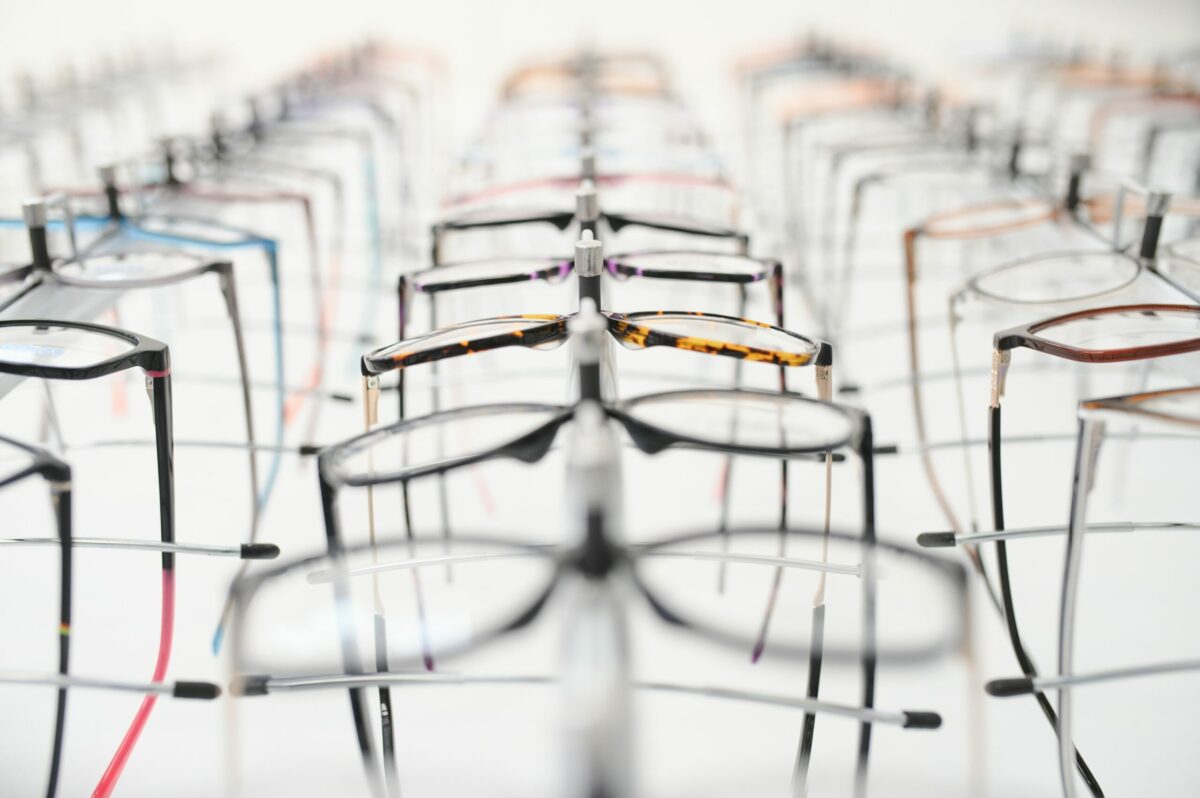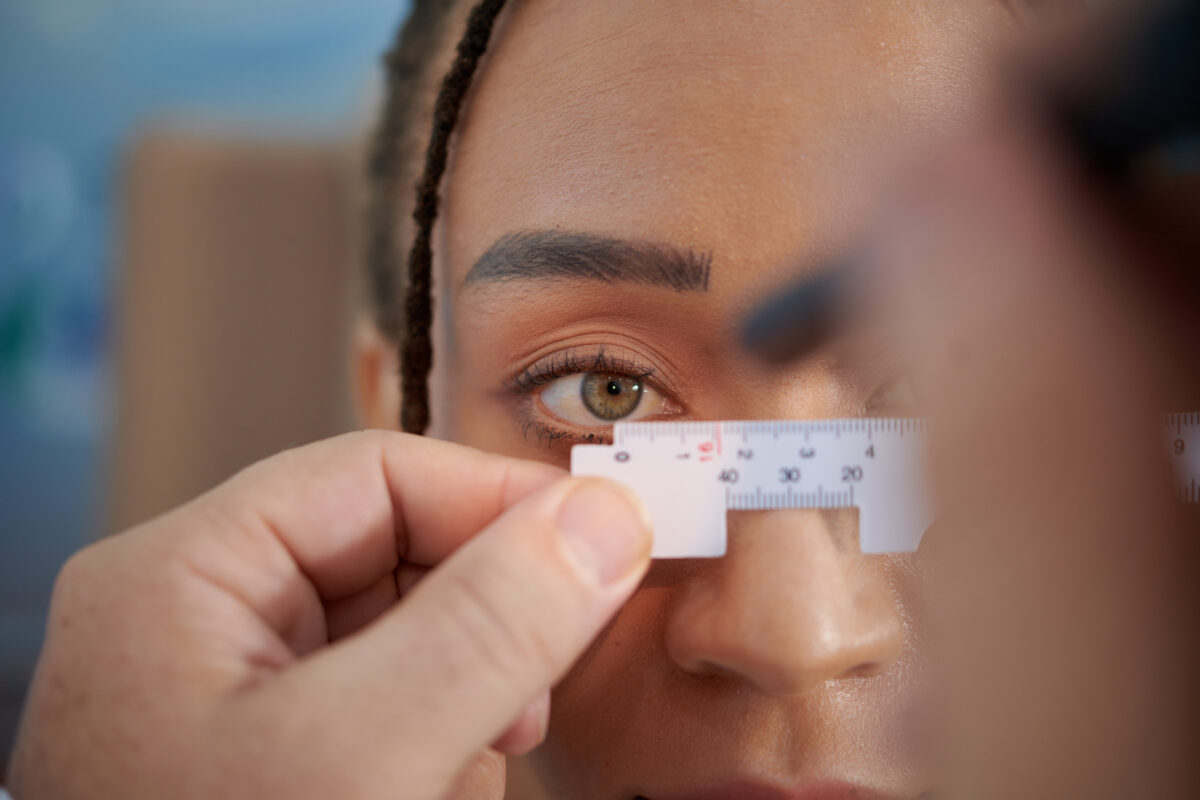When people experience strabismus (crossed eyes), they point in different directions. It usually occurs in some cases but can be permanent. In this condition, eyes do not work together and while one eye can look forward another looks outward, up, down, or inward. The common symptoms of this eye disease are blurred or double vision. Some people may also have poorly developed vision due to this condition (also known as amblyopia or lazy eye).
Most strabismus-diagnosed cases are in children but it may occur in adults too. Approximately 4% of people suffer from strabismus in the U.S.
Types of Strabismus
Experts divided this condition into 3 groups, depending on the way it looks. Check below strabismus types based on appearance:
- Esotropia (an eye turns inward)
- Exotropia (the eye turns outward)
- Hypertropia (one eye point upward)
- Hypotropia (the eye points downward)
Check below other methods to describe this condition:
- Transient or Intermittent
- Constant
- Unilateral
- Alternating
Moreover, physicians often describe this eye disease in the following ways. Examples include:
- Accommodative esotropia – It commonly occurs in farsighted children. It means that they can see close objects worse than distant ones.
- Intermittent exotropia – People who have this strabismus type notice that one eye goes outward while another stays focused.
- Infantile esotropia – This type is usually diagnosed in babies under 6 months of age without farsightedness. In such cases, the eye or both may turn inward.
Causes
There are different causes that provoke this eye condition. For example eye muscle problems, nerves, a specific part of the brain that is responsible for eye movement, and others. However, not every time healthcare professionals can determine the exact cause of strabismus. Your risk of developing this eye disease increases in the following cases. For example:
- Family history (roughly 30% of children with strabismus have an affected family member)
- Farsightedness or nearsightedness (focusing problems also elevates the risk)
- Health conditions – These include premature birth, down syndrome, cerebral palsy, hydrocephalus, and other neurological disorders. Strabismus can occur if you experience a stroke, brain tumor, or head injury. Additionally, some people with Graves’ disease (a thyroid condition) also develop crossed eyes.
Symptoms
This condition can occur in children younger than 3 years old, a period in which they cannot talk. However, parents can notice the following symptoms. For example:
- Out-of-line-looking eyes
- The eyes do not move together
- Frequent squinting or blinking
- Close one eye to look at something
- Some children can also tilt their heads to look at things
Check below for other strabismus symptoms:
- Strain of the eye
- Double vision
- Headaches
- Reading problems
You should visit a doctor immediately if you or a loved one experience this condition. Healthcare professionals can help you to find the underlying cause or condition.
Pseudostrabismus
In some cases, doctors think babies have strabismus because their face looks like that but they do not. It is a confusion (known as pseudostrabismus) that mostly occurs when babies have extra skin coverings at the eye corners or the nose bridge is flat.
Tests
In some cases, this eye condition is identified during a regular eye examination in children. Physicians usually perform a screening test known as the corneal light reflex test (Hirschberg test). It involves a bright light that shines in both eyes while a child is looking at a colorful object. The corneal light reflex test helps the doctor to determine if the reflection is the same in the child’s eyes.
Ophthalmologists are doctors that usually diagnose and prescribe the treatment for eye conditions. First, they will ask you about symptoms and medical history. Physicians can also perform a test that involves covering and uncovering one eye to determine how the abnormal turning occurs. Check below other tests:
- Visual acuity – The most common version of this test is reading letters from a chart. However, there are other different tests for visual acuity.
- Refraction – This test is used to determine the eyeglasses a person needs. It involves looking through several lenses.
- Alignment and Focus tests – This test helps your doctor understand how well the eyes can move, focus, and work together.
- Dilating the pupils – Doctors use eye drops to widen the pupils because it allows them to see better inside the eyes. It is done to check for eye conditions.
Treatment
Early diagnosis and treatment are recommended, to prevent future long-term complications (such as poor vision). The treatment usually is different among patients because it depends on the underlying cause, the severity, and the age.
- Glasses or contact lenses – These options are effective in case this eye disease provokes difficulty focusing on objects either far or near.
- Prism Lenses – These are used when a person experiences double vision. Prism lenses work by bending the light that enters your eye, which helps better see images. This treatment option can also cause some side effects such as colored fringes around objects.
- Patching – Physicians usually recommend this treatment for children with amblyopia. These patches are worn over the better eye, which helps to improve the weaker eye over time.
- Medicines – healthcare professionals can prescribe eye drops along with other treatment options to lessen blurred vision.
- Botox – Some people receive an injection with botulinum toxin that helps to lessen eye turning.
Surgery
This treatment option is recommended by ophthalmologists when other treatments do not work for you. Commonly, the surgery is done under general anesthesia because the surgeon will cut the membrane over the whites of the eyes. Thereafter, the doctor will tighten or loosen the muscles of the eye, which helps the eyes line up better.
After surgery, you might use eye drops or ointment at home to help the eyes heal. The duration of the treatment after surgery is within 3-12 weeks.
Complications
If you ignore this eye condition and do not treat it, you may experience some complications. Check below some of them:
- Amblyopia (lazy eyes) – It occurs when the brain receives images separate from the eyes.
- Double vision
- Blurred vision
- Poor 3D (three-dimensional) vision
- Eye strain
- Fatigue
- Headaches
- Low self-esteem caused by the appearance of the eyes
In case you experience any of the previous complications, you should visit a doctor immediately.
Frequently Asked Questions
Is strabismus considered a visual disability?
When vision problems cannot be corrected with glasses or contact lenses, experts consider it a visual disability. Consult with your doctor for more details.
What is the primary strabismus cause?
A problem with neuromuscular control of the eye movement usually causes strabismus.
Can strabismus lead to blindness?
In case it is not early diagnosed and treatment it may have a permanent and detrimental effect on vision. It means that strabismus can potentially lead to blindness. Ask your healthcare provider if you have any other questions.




